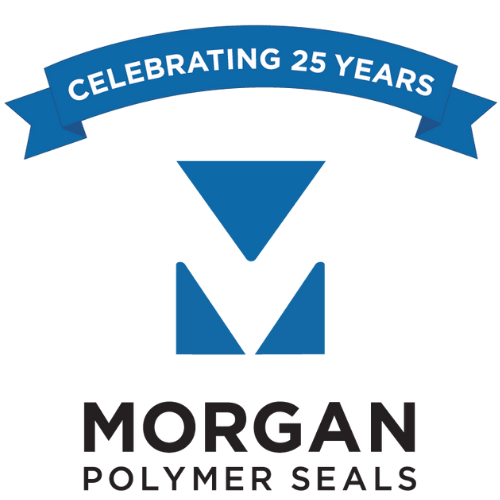Is Vision Inspection Necessary for Automotive Seals?
Filter plates contain screens to filter contaminants from transmission fluid
While many of the seals and gaskets in automobiles are small in size, they serve a big purpose: seals help to prevent fluids and vapors, such as engine oil, transmission fluid, and fuel, from escaping the engine, transmission, and fuel system. It’s essential for the mechanical integrity of the automobile that these various fluids remain within their respective sealing system, to protect both the environment and safety of the driver.
Given the critical role that automotive seals play, seal manufacturers are held to the highest level of quality. In fact, the expectation for automotive OEM manufacturers is to ship zero defective parts per million, or "zero PPM."
The zero PPM benchmark is why comprehensive product inspection matters so much in the automotive industry.
“While manual product inspection performed by the naked eye is, at best, 87% effective in catching defects, automated vision inspection systems can more reliably achieve and maintain zero ppm.”
What Is Automated Vision Inspection?
Vision inspection is a computer-aided visual analysis of manufactured parts to sort out any with defects, irregularities, or other quality control issues. Unlike manual inspection that relies solely on human hands and eyes, automated vision inspection employs a mechanical system of high-speed cameras, software, and automation hardware components to inspect each part thoroughly and quickly.
The key to automated vision inspection is that each part is presented to a series of cameras in a repeatable fashion. Here’s how it works:
Parts being sorted into line on Morgan Polymer vision inspection machine
First, operators feed the parts to a turntable so the machine can sort the pieces and run them underneath a series of high-speed cameras.
Each camera focuses on a specific section of the part and compares the inspection images to images of parts with known defects.
Parts without defects pass the inspection and move down the manufacturing line, while defective parts are rejected and removed from the line.
Inspecting Automotive Seals
Vision inspection systems must first know what to look for when analyzing parts on a production line, so automation engineers program the computer to detect specific defects.
Some of the most common defects that occur with gaskets and seals result from the molding process. Molding defects include:
Air traps, which are the result of a trapped bubble of air in the material that can cause incomplete filling and packing of the cavity
Short shots, which is when the flow of material doesn’t completely fill the cavities in a mold
Tears or splits in the molded material
Knit lines, which is the location on a part where the rubber flows together to make a complete part
Automated vision inspection also confirms that parts have proper dimensions, including the inner diameter (ID), the outer diameter (OD), and the flatness and ovality of the seal.
The Morgan Polymer Seals Advantage
At Morgan Polymer Seals, we are committed to delivering parts with zero defects. To support this commitment, our engineers have developed our own in-house vision inspection systems that we call Morgan Automated Gasket Inspection Control, or MAGIC. Unlike turnkey systems with limited functionality, our MAGIC systems provide total flexibility for inspecting a wide variety of seals with an annual capacity beyond 100 million pieces.
Another benefit of building our own inspection system is the increased efficiency of programming specific machines for each product segment. For example, an inspection system for a simple grommet may require only one or two cameras, while a more complex transmission seal may require as many as seven cameras. We also know when a part requires inspection considerations beyond what an automated vision inspection system can provide. To complement our MAGIC systems, we have developed a 3D scanning technology to inspect more physically complex parts such as filter plates (plastic frames with an over-molded rubber component).
MAGIC = Morgan Automated Gasket Inspection Control
Conclusion
Armed with advanced technology to support our quality control, our commitment to zero PPM has earned us distinguished quality awards for seven consecutive years, including the Ford Zero PPM award and the GM Certificate of Excellence Award. Our team is also a Q1 certified supplier to Ford Motor Company. To learn more about our automated vision inspection capabilities, watch the 2-minute video below or click “contact us”.



